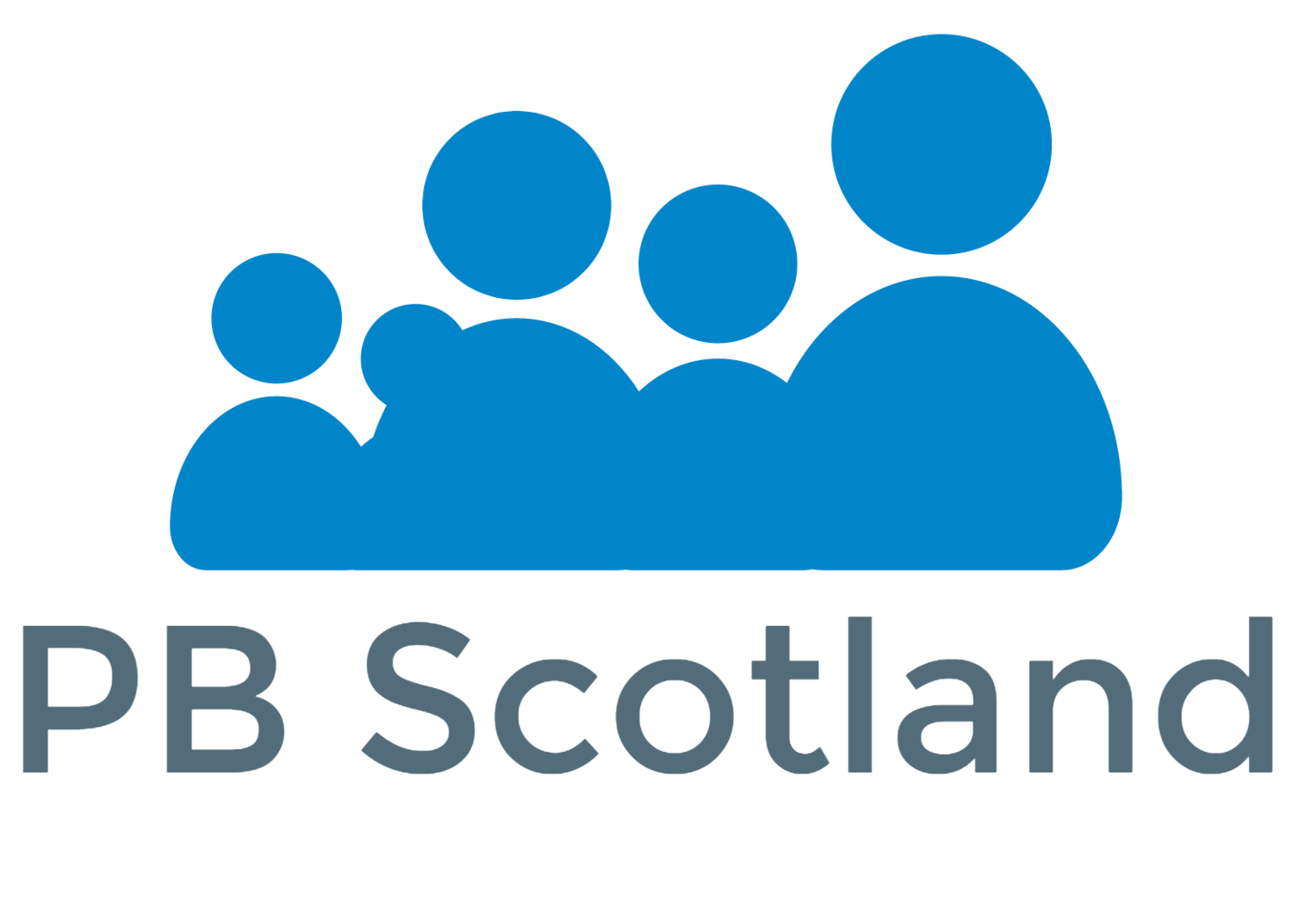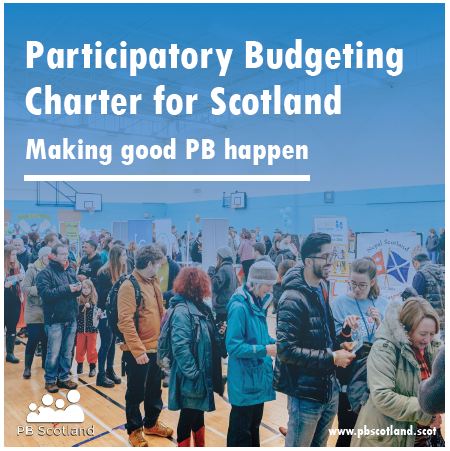PB Strategic Framework Workshop Report: The Way Forward for PB in Scotland
/On 18th November 2021 more than 60 participants attended this online workshop to explore the PB Strategic Framework. You can view the framework and each of its 16 priorities here. This report summaries the event and the inputs from our contributors.
Introduction
The National Participatory Budgeting Strategic Group published a framework for the future of participatory budgeting (PB) in Scotland. The framework sets out shared intentions and ambitions for PB and, looking ahead, outlines a series of priority recommendations to be carried forward. To see all of the 16 priorities please click here
With the pandemic still part of our lives, we’re adjusting to how we can deliver PB. Whether online, or in-person with limitations, we’ve gained fresh insights and learned new ways to deliver engaging PB that gives communities a direct say in the issues important to them.
This strategic framework is a key document that underlines how we can evolve PB into a central way for decisions to be made in Scotland.
Martin Johnstone set the scene for the PB Strategic Framework:
‘PB is part of a process to help us reach a fairer Scotland…..PB is part of the way that we do democracy and Scotland is a trailblazer nation in this work. The pandemic has told us about the capacity of our communities and PB has an important role to support and build on this energy. We want PB to be a part of the democratic infrastructure in the next 5 years. The PB Strategic group want to grow PB and help it flourish in other areas of public sector funding. Our shared ambition is that in five years’ time Participatory Budgeting is part of the core infrastructure of a constantly renewing democratic and community life across Scotland.’
Martin shared understanding of what PB is: ‘Participatory budgeting (PB) is a democratic process in which citizens decide directly how to spend part of a public budget.’
‘Acknowledging that no definition of PB will ever be perfect, our focus is on one that draws on international experience, is straightforward and can be adopted by the Scottish Government and other partners. Any definition must continue to be shaped by experience and expertise, and be anchored by the features outlined in the PB Charter for Scotland.’
Alongside a clear reporting structure, the National PB Strategic Group will seek to influence and support implementation of good, impactful PB practices in the areas of education, health and wellbeing, housing and tackling climate as well as other evolving areas. We will seek to draw links and learning between these and other areas to prevent siloed approaches.
We will seek to be influenced by best practice and academic expertise as well as by those who are currently marginalised from decision-making in relation to protected characteristics as well as economic circumstances, location and intersections.
How do we move forward and progress PB - Panel Session
Questions from participants to the Panel – Kathleen Glazik (Scottish Govt) Dawn Brown (SCDC), Gordon Larkin (Tannahill Centre - Paisley), Martin Johnstone (PB Strategic Group)
Q. Does sustainability of projects come into the PB funding Framework?
Kathleen – Depends on local circumstances and what people are applying for. A project may get started through PB but need to access funding from other pots to sustain the work. The framework doesn’t really look at funding it is a driver for change for the public sector in Scotland.
Q. What processes and measures can be put in place to truly meet the needs of those marginalised in our communities?
Dawn – Good capacity building support, voting processes e.g. weighted voting for communities working with equality groups. Steering groups need to be aware of how they can be structured votes. Need to communicate well and make materials accessible.
Martin – Sometimes it’s the people with power that is hard to reach – officials can be hard to reach – we need to use this language about ourselves (decision makers) rather than other groupings. The steering group process is important – we need to involve marginalised groups/individuals and use methods to support less heard groups. We have a long way to go to create a fairer Scotland and that is why the framework is trying to measure what counts through various existing strategies e.g. the National Performance Framework.
Kathleen – Building capacity and practical support is an important part in reaching those furthest from power. The Scottish Govt has invested £7 million over the years to build the capacity for PB. The ‘Investing in Communities’ funding will further support PB and wider community projects. We have also invested in the digital platform CONSUL which is maintained by COSLA.
Q. How do we enhance awareness of what works locally and build good PB?
Gordon – Good promotion of what is working. Lots of projects are doing really good work locally. The PB process has promoted these groups locally and enthused the community.
Dawn – Its about shouting about the wins. National learning events will build the profile of PB. We need the PB approach to be shared with colleagues across Scotland. Use the PB website (great examples on the PB website) and the PB charter. Mainstream PB will grow the awareness of PB in the next few years.
Q. Will small grants disappear with all the focus now on Mainstream PB?
Kathleen – I hope not. I think small grants are important. We don’t want to lose the excitement is in the community halls and the benefits of small pots of money for smaller groups….this is key to PB!
Martin – I would want to avoid thinking in linear terms – mainstream and small grants must exist together – with small grants we are seeing the muscle of democratic participation being exercised – one does not trump the other.
Q. Language around PB is an issue, how do we fix it?
Gordon – I can explain it the way I understand it and use plain language – it is working for us.
Kathleen – We used Community Choices for a while which maybe describes the results of PB more accurately. But, PB is a brand so we need to maintain the terms as it is a world brand which needs a common language to grow the process in different countries and different settings.
Q. How do we maintain clear roles and responsibilities for mainstream PB and how do we monitor and evaluate?
Martin – I’m not entirely sure. We need to ensure we are doing PB on a regular basis to meet the 1% year on year – we need to plan our way forward for the long term. That will require systems and approaches to ensure we are doing it right and evaluating on a regular basis – we need to make Mainstream PB part of what we do on an annual basis.
Close





